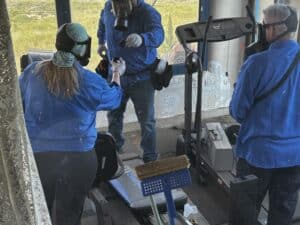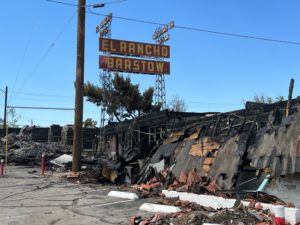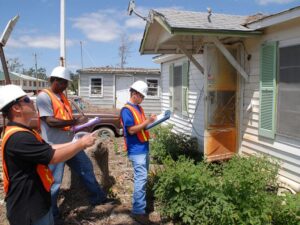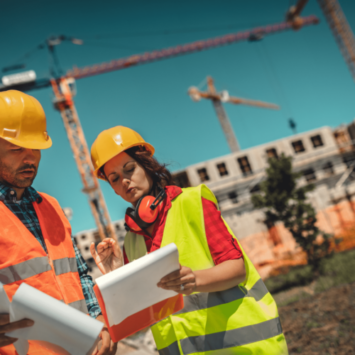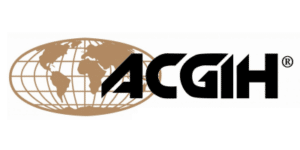Building a Modern Campus: Mitigating Hazardous Materials Exposure in Higher Education Construction Projects
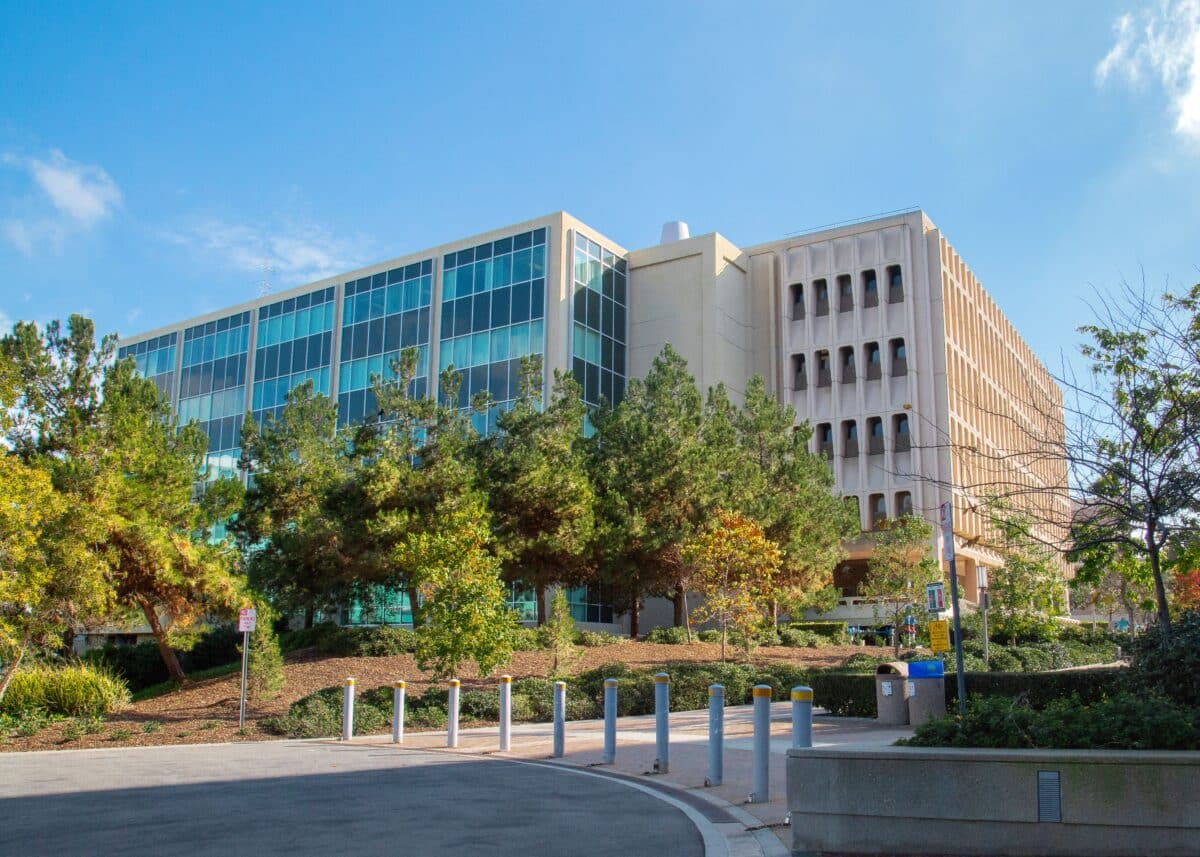
In the complex landscape of higher education construction, the responsible management of hazardous materials is a pivotal aspect of ensuring the safety of students and faculty and ensuring the sustainability of campus development. Partnering with Omega Environmental Services brings a wealth of expertise to your project, focusing on mitigating the negative impacts associated with construction projects and fostering a greener, safer future for higher education institutions.
Expertise in Hazardous Materials Remediation and Mitigation
Construction projects often unearth challenges related to hazardous materials such as asbestos, lead, and mold. A specialized environmental consulting team can identify, mitigate, and remediate these materials, so that construction progresses seamlessly while prioritizing the health and safety of all stakeholders. Through thorough assessments and targeted strategies, an experienced environmental partner helps minimize environmental risks associated with construction activities.
Here is how an experienced environmental partner delivers a construction project that is cost-effective and safe to the campus community:
- Seamless Construction:
- Addressing challenges associated with asbestos exposure, lead-based paint, structural instability, airborne dust, chemical contamination, noise pollution, hazardous materials waste management, and biological hazards is essential for seamless construction. Omega’s expertise ensures that these environmental risks are effectively managed.
- Transparent Communication:
- Construction, by its nature, disrupts routines. Omega focuses on transparent communication with campus stakeholders.
- Expert Hazardous Materials Identification: Construction projects inherently pose risks related to hazardous materials, such as asbestos, lead, mold, and more. Omega Environmental Services excels in the characterization of hazards, potential fiscal impacts to construction projects and schedules so that potential challenges are identified before construction commences.
- Hazardous Materials Assessments: Through assessment focused on the construction projects, the specialized environmental consulting team at Omega strategically plans for the mitigation and remediation of hazardous materials, to facilitate a construction project that progresses seamlessly while prioritizing the health and safety of all stakeholders.
Strategic Compliance Management: Navigating Complex Regulatory Standards
Navigating complex regulatory standards requires an in-depth understanding of evolving environmental requirements. Omega stays ahead of these standards, offering strategic compliance management that adheres to and also contributes to our company’s reputation as a responsible steward of the environment.
- Regulatory Compliance: For a successful project, higher education institutions must comply with waste disposal regulations, including the proper disposal of hazardous materials.
- Planning and Documentation: Environmental consultants assist in the development of comprehensive construction plans developing Technical Specifications that address identified hazardous materials. This includes a detailed document that provides a guideline for the remediation of hazardous materials that will assist with compliance with regulatory standards and is focused on facilitating the project lifecycle.
Balancing Construction and Environmental Impact on the Campus Community
Beyond compliance, an experienced environmental partner can provide integrated solutions that embed sustainability into the construction process. From safe and cost-efficient remediation and waste reduction strategies, we work closely with higher education institutions to create focused construction plans and specifications. The goal is to ensure that construction projects not only address immediate needs but also contribute to a lasting legacy of sustainability for the campus.
Proactive Risk Mitigation: Safeguarding Health and Project Continuity
Hazardous materials pose potential risks to both construction workers and the broader campus community, including students and faculty. It is crucial to prioritize proactive risk mitigation, implementing measures that safeguard human health and the environment. By identifying and addressing potential environmental and hazardous materials risks, we contribute to the seamless continuity of construction projects, minimizing disruptions and ensuring timely completion.
- Risk Mitigation Strategies: Omega works with project teams to integrate risk mitigation strategies into the construction plan, ensuring that potential environmental hazards are addressed proactively. This includes employing strategic project oversight and monitoring to oversee remediation strategies that assimilate into the overall construction project sequencing.
Work with Omega for a Safer and Healthier Campus
Investing in assessment characterization, oversight and monitoring and hazardous materials remediation and sustainable construction practices is an investment in the long-term resilience of higher education institutions. An experienced environmental consultant like Omega can collaborate closely with project teams to identify cost-effective solutions that balance environmental responsibility with financial considerations. This approach ensures that construction projects align with institutional goals and contribute to a safe and healthy campus environment.
Omega Environmental Services is an experienced environmental consultant with decades of experience managing higher education construction projects related to renovation, demolition, restoration, and more. We specialize in the assessment characterization, mitigation, and remediation of hazardous materials that commonly affect higher education campuses.




